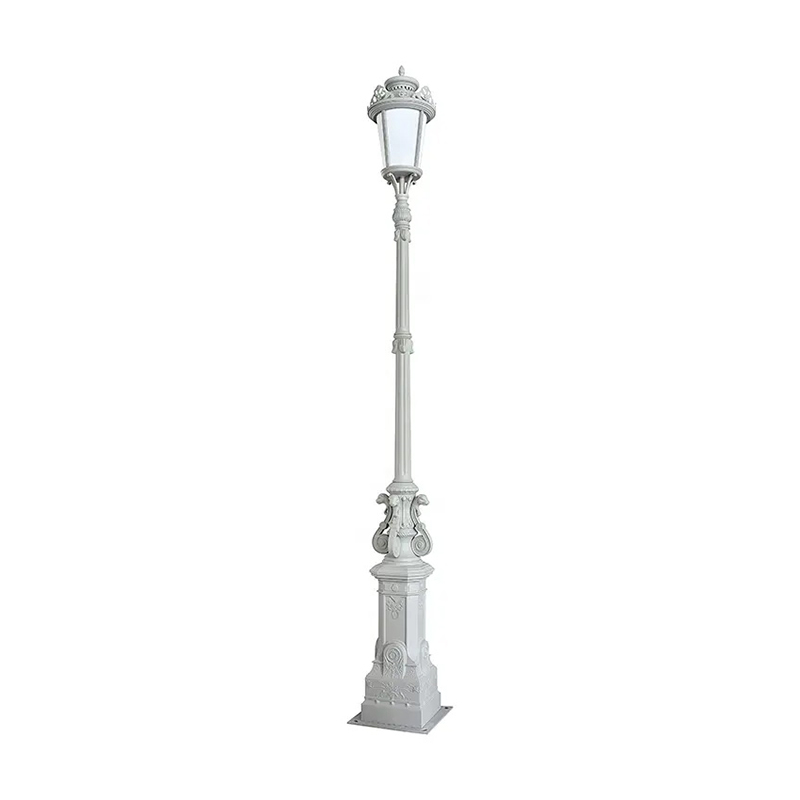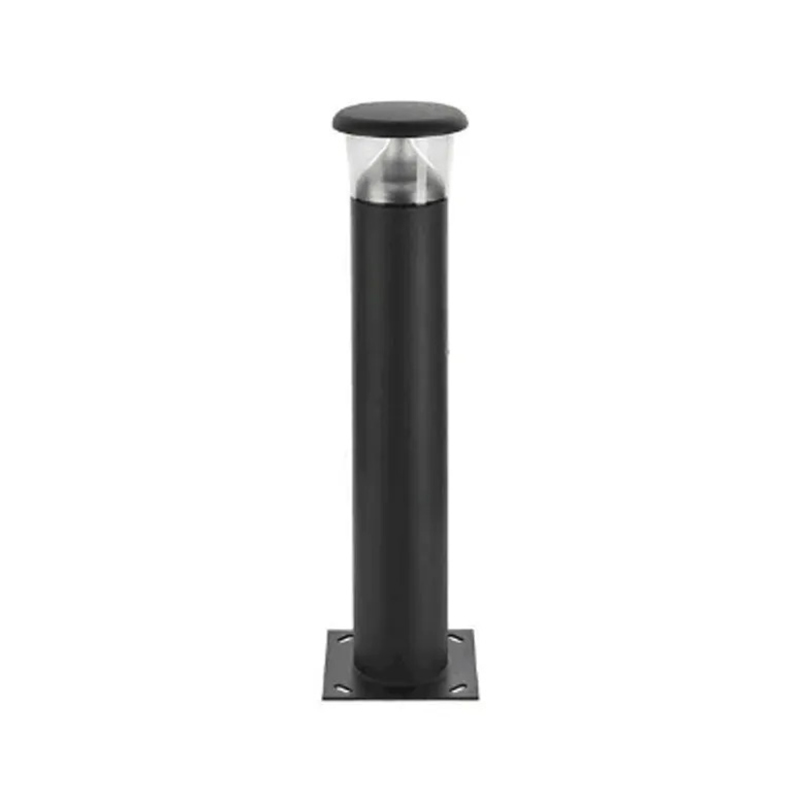Partner content: This content was created by a business partner of Dow Jones and researched and written independently of the MarketWatch newsroom. Links in this article may result in us earning a commission. Learn More
Looking for home solar? You can get a free, personalized quote by clicking below. Outdoor Decorative Lights

Leonardo David is an electromechanical engineer, MBA, energy consultant and technical writer. His energy-efficiency and solar consulting experience covers sectors including banking, textile manufacturing, plastics processing, pharmaceutics, education, food processing, real estate and retail. He has also been writing articles about energy and engineering topics since 2015.
Tori Addison is an editor who has worked in the digital marketing industry for over five years. Her experience includes communications and marketing work in the nonprofit, governmental and academic sectors. A journalist by trade, she started her career covering politics and news in New York’s Hudson Valley. Her work included coverage of local and state budgets, federal financial regulations and health care legislation.
While traditional solar panels generate electricity for your home, you can also use solar power for landscape lighting and other outdoor lamps. Solar landscape lighting uses electricity generated by photovoltaic (PV) cells attached to a lighting fixture and does not require a connection to a power source or your home’s electrical circuit.
Keep reading to learn more about solar landscape lighting, including the pros and cons, how to choose the right lights and how much outdoor solar lamps cost.
There are multiple benefits of using solar lighting, including:
When installing outdoor lighting systems, one of the most difficult steps is connecting the lamps to a power source. You could spend a few hundred dollars on wiring and conduit if there is a long distance between your electrical panel or outlet and the outdoor lamps. However, this is not necessary when using solar powered-lights.
Like solar panels, solar lights use PV cells to collect energy during the day and store it in rechargeable batteries, using the stored energy to produce power at night.
Solar garden lights also offer environmental benefits by reducing your consumption of grid electricity, which often comes from fossil fuels. According to the U.S. Energy Information Administration, one kilowatt-hour of energy produced from coal releases 2.26 pounds of carbon emissions into the atmosphere, and one kilowatt-hour of energy from natural gas releases 0.97 pounds.
Even small decorative lights can generate several pounds of indirect emissions over their lifetime when using grid electricity. But you can reduce your carbon footprint with outdoor lights that use solar energy — some studies suggest up to 90% compared to traditional lighting.
Most solar LED lights are designed to operate with low voltage, making them suitable for DIY installations. But you should still read the manufacturer’s installations carefully before using solar lights in a home improvement project. Low-voltage equipment can also cause electrical faults when not wired properly.
There are many lighting brands in the market, but not all companies offer quality products. Here are some recommendations to help you choose the best outdoor light fixtures:
Outdoor lighting systems are constantly exposed to dust and moisture and any product without a weatherproof enclosure is prone to damage. Before purchasing a light fixture, read the technical specifications carefully and make sure the enclosure is suitable for outdoor use. Also, check the product includes a warranty in case of manufacturing defaults or mechanical issues over time.
LED light bulbs are energy efficient, using 20% to 90% less electricity than other lamp types. They also have a longer service life than halogen, fluorescent and HID lamps. The following features make LED lighting ideal for outdoor installations:
You can find LED light sets with built-in solar panels on Amazon and other online marketplaces. Just make sure to read specifications and product reviews carefully before making a purchase.
Although there is an ample selection of outdoor light fixtures online, solar lights can vary based on the:
To achieve the best results, it is best to use light fixtures recommended for your intended outdoor application. Otherwise, you may get an inefficient or uneven light distribution. You could also void your fixture’s warranty if you do not install a light as intended by the manufacturer.
The following table lists some common types of solar-powered light fixtures and typical applications:
Note that the above fixture types are available in standard versions without solar panels, but you must wire these versions to your main electrical panel.
There are many types of white light, and the best choice depends on the ambiance you want to create. Warm white light tends to have a relaxing effect, while cool white light promotes concentration and awareness.
For example, warm white lamps are ideal if you want to create a relaxed ambiance around a pergola or deck. On the other hand, if you have a small basketball court or any other areas used for sports, cool white lighting might be a better option.
The price of solar landscape lights can vary widely depending on design features, size and lumen output. Based on our market research, solar landscape lights can cost anywhere from $20 or less to $1,000 or more. Here’s a quick pricing breakdown:
Since outdoor solar lamps use solar panels, solar landscape lights are independent of your home wiring system. You can also opt for rooftop solar panels if you want a clean energy source for your indoor lighting and appliances.
The typical home solar system costs $2.85 per watt or $17,094 for an average 6 kilowatt (kW) system and $28,500 for a 10 kW system. A professional solar installation company can determine the ideal energy output for your home, and you qualify for a 30% federal tax credit to save money regardless of system size.
There are many types of solar-powered light fixtures, and the installation process varies depending on the product you choose. Regardless of the lamp model you choose, make sure to read the installation instructions carefully. Here are some general recommendations to follow when installing solar landscape lighting:
Many solar lights use a 12-volt direct current (DC) input, but there are exceptions. Make sure the voltages match if you are wiring several fixtures in a common circuit. You want to install your solar light fixtures in a location where the solar panels will receive direct sunlight. Otherwise, the panels may not generate enough electricity to power your outdoor lights. Gather all the tools and materials you will need before starting the installation. You may need electrical components that are not included with the light fixtures.
Solar panels and LED lamps are very durable but still require regular cleaning to sustain optimal performance. Solar PV cells become less productive when dust accumulates and blocks sunlight from reaching their surface. Dust and dirt can also block LED lighting output or cause overheating if the bulbs cannot dissipate heat effectively.
Solar-powered lamps rely on batteries to store electricity generated during the day for use at night. Batteries are less durable than solar panels and LEDs so you will eventually need replacements.
Solar landscape lights operate at low voltage, making them a safe option for DIYers. When combined with motion-activated controls, solar lights can also improve safety and accessibility in outdoor living areas. You can install solar lights in outdoor spaces without having to run a circuit from your main electrical panel. The main limitation of solar light fixtures is their dependence on sunlight to recharge their batteries. As a result, solar lights may not generate enough charge to run all night on cloudy days.
Yes, as long as you purchase high-quality light fixtures. It’s also important to position a solar light’s solar panels in a location that sees direct sunlight. Your lights will also work best if regularly cleaned to ensure dust or debris does not accumulate and affect energy output.
Solar lights depend on favorable weather conditions. For example, your lamp’s solar cells cannot recharge its battery effectively on cloudy days, meaning your lamp will only stay on for a few hours at night.
Yes, a fixture’s solar panels are likely to generate less electricity due to reduced sunshine hours. This means your light fixtures will deplete their charge faster at night.
There are many types of solar landscape lights available, each designed for a specific application. Check a light’s specifications and uses to ensure it will work for your home project before purchasing. You can also read customer reviews to learn more about solar landscape lighting brands and how they perform.
Leonardo David is an electromechanical engineer, MBA, energy consultant and technical writer. His energy-efficiency and solar consulting experience covers sectors including banking, textile manufacturing, plastics processing, pharmaceutics, education, food processing, real estate and retail. He has also been writing articles about energy and engineering topics since 2015.
Tori Addison is an editor who has worked in the digital marketing industry for over five years. Her experience includes communications and marketing work in the nonprofit, governmental and academic sectors. A journalist by trade, she started her career covering politics and news in New York’s Hudson Valley. Her work included coverage of local and state budgets, federal financial regulations and health care legislation.
Copyright © 2023 MarketWatch, Inc. All rights reserved.

Outdoor Garden Lights Mains By using this site you agree to the Subscriber Agreement & Terms of Use, Privacy Notice, and Cookie Notice.